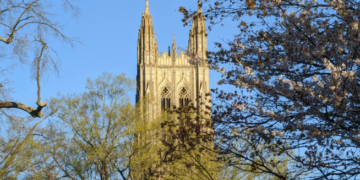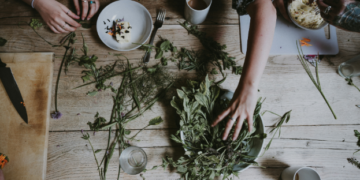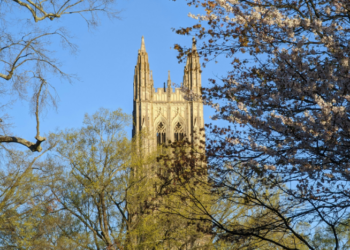A puruke maker not only creates beautiful pieces but also weaves stories and traditions into each creation. The intricate process involves techniques passed down through generations and reflects the rich cultural heritage embedded in this unique craft. As we explore the fascinating world of puruke making, you’ll discover its history, significance, and how these artisans play an essential role in their communities. Let’s dive into this captivating craft that connects people with their roots while sparking creativity in contemporary forms!
Table of Contents
The History and Cultural Significance of Puruke
Puruke has deep roots in various cultures, particularly in the communities of indigenous peoples. Historically, this craft served not just as a means of artistic expression but also as a vital part of social and cultural identity.
Traditionally, purukes were created for rituals and ceremonies. They represented specific beliefs or values within the community. Each design told a story or conveyed important messages about ancestry and heritage.
As time passed, these items became symbols of status and craftsmanship. The intricate designs demonstrated skill passed down through generations. Today, many still honor these traditions while adapting them to modern aesthetics.
The significance extends beyond mere decoration; puruke making fosters connections among community members. It creates shared experiences that strengthen bonds between people who produce them and those who appreciate their beauty.
The Role of a Puruke Maker in Traditional Communities
The puruke maker holds a vital place in traditional communities, acting as both an artisan and a cultural custodian. Their skills are passed down through generations, steeped in the wisdom of ancestors. Each creation tells a story, reflecting local customs and beliefs.
These artisans often work closely with community members during celebrations or rituals. Their craftsmanship is not just about creating items; it’s about forging connections among people. Purukes serve significant roles in social gatherings, symbolizing unity and continuity within cultures.
Moreover, the puruke maker becomes an educator by sharing techniques with younger generations. This ensures that the art form remains alive and relevant. By doing so, they cultivate pride in their heritage while fostering creativity and innovation within the community itself.
Through their dedication, puruke makers contribute to preserving identity amidst modern influences. They embody resilience against changing times while keeping traditions vibrant for future generations.
Materials and Tools Used in Puruke Making
Puruke making is a craft steeped in tradition, and the materials used are vital to its authenticity. The primary ingredient is often natural fibers, such as cotton or wool. These threads provide flexibility and durability.
Craftspeople also utilize dyes made from local plants. These organic colors enhance the aesthetic appeal of each piece while maintaining cultural significance.
Tools play an essential role in this art form. A simple loom can be an artisan’s best friend, allowing for precise weaving techniques. Other tools include shears for cutting and needles for intricate stitching.
Many puruke makers also rely on their hands—an artist’s touch cannot be replaced by machinery. Each movement tells a story that machines simply can’t replicate, adding heart to every creation.
Step-by-Step Process of Crafting a Puruke
Creating a puruke involves several meticulous steps that showcase the maker’s skill and artistry. First, selecting the right materials is crucial. Traditional purukes often use natural fibers like wool or cotton, gathered with care.
Once the materials are ready, the puruke maker begins by preparing them for weaving. This includes washing and carding fibers to ensure they’re clean and manageable.
Next comes the actual weaving process. Using a loom or simple hand techniques, patterns begin to emerge as threads interlace harmoniously.
After weaving is complete, trimming and finishing touches are applied. This may involve adding decorative elements or ensuring edges are neat.
Each piece is carefully inspected for quality before it’s deemed finished. The attention to detail in this step ensures every puruke meets traditional standards while embracing unique creativity.
Modern Adaptations and Innovations in Puruke Making
In recent years, puruke making has seen a fascinating evolution. While traditional techniques remain revered, contemporary artisans are infusing fresh ideas into this ancient craft.
Some makers experiment with vibrant colors and patterns that reflect modern aesthetics. This blend of old and new captures the attention of younger generations seeking unique cultural expressions.
Additionally, sustainability plays a crucial role in current practices. Artisans focus on eco-friendly materials, sourcing natural fibers locally to minimize environmental impact.
Digital platforms have also transformed how purukes reach consumers. Social media showcases these beautiful creations, creating a global marketplace for talented artists.
Workshops and collaborations between traditional craftspeople and contemporary designers further push the boundaries of what puruke can be. Such partnerships not only preserve the art form but also breathe new life into it through innovative designs and techniques.
How to Support and Preserve the Art of Puruke Making
Supporting and preserving the art of Puruke making is essential for keeping this cultural heritage alive. One effective way to do this is by purchasing handmade Purukes directly from local artisans. This not only helps maintain their craft but also provides them with a sustainable income.
Participating in workshops or demonstrations can deepen your appreciation for the skill involved. Engaging with Puruke makers encourages knowledge sharing and fosters community bonds.
Promoting awareness through social media can also play a significant role. Sharing stories, photos, or videos about Puruke making exposes more people to its beauty and significance.
Consider donating to organizations that focus on traditional crafts. Your support helps fund educational programs and resources aimed at revitalizing these invaluable skills within communities.
Conclusion
Puruke making is a profound tradition that weaves together history, culture, and craftsmanship. The puruke maker plays an essential role in preserving this art form, connecting communities to their heritage. As you delve into the world of puruke creation, it becomes clear that every piece tells a story rooted in generations past.
Engaging with puruke making offers insight into its rich tapestry of significance and artistry. Whether through purchasing handmade pieces or participating in workshops, each action contributes to sustaining this beautiful tradition. Embracing the role of a puruke maker means celebrating creativity and connection within our diverse world of crafts.































